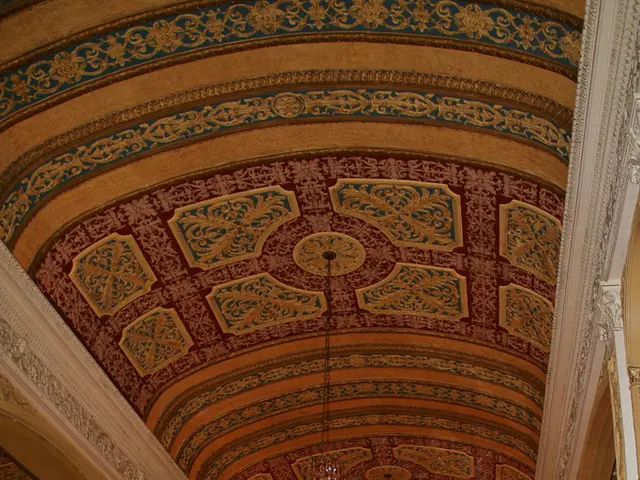Image Processing with Python: Morphological Closing (Set 2)
In the realm of image processing, the morphological Closing operation plays a significant role in enhancing and cleaning images, particularly binary or grayscale ones. This technique is useful for filling small gaps or holes within objects, effectively "closing" small dark spots or breaks while preserving their overall shape.
The Closing operation is a combination of two steps: Dilation and Erosion. Dilation expands the boundaries of the objects in the image, while Erosion contracts them. In mathematical terms, Closing is denoted as ( A \bullet B = (A \oplus B) \ominus B ), where (A) is the input image, (B) is the structuring element, (\oplus) is dilation, and (\ominus) is erosion.
This process is beneficial in scenarios where noise reduction is required, such as filling gaps in a segmented shape or smoothing boundaries by closing small breaks.
Implementing Morphological Closing in Python with OpenCV
To implement the Closing operation in OpenCV, you can use the function with the operation type . The main parameters are the input image and the structuring element (kernel), which defines the shape and size of dilation/erosion.
Here's a simple example in Python:
```python import cv2 import numpy as np
image = cv2.imread('input_image.png', 0) # 0 means grayscale
kernel = cv2.getStructuringElement(cv2.MORPH_RECT, (5, 5))
closing_result = cv2.morphologyEx(image, cv2.MORPH_CLOSE, kernel)
cv2.imwrite('output_closing.png', closing_result) ```
In this example, a 5x5 rectangular kernel is created using , and the Closing operation is applied using . The result effectively removes small black holes/noise while preserving the white foreground structures.
This method is useful for cleaning and enhancing the shapes by closing small internal gaps or holes in binary or grayscale images.
In summary, the morphological Closing operation can be implemented easily using OpenCV's function with an appropriate kernel. This technique helps fill small holes inside objects and smooth their contours, making it an essential tool in image processing.
Read also:
- A separate cable linked to an RTX 50-Series GPU melting could potentially not be attributable to Nvidia.
- Conflicting statements between Arm CEO Rene Haas and recent reports suggesting Arm plans to manufacture its own chips
- Unveiling the financial aspects of AI: striking a balance between advancement and day-to-day operation
- List of 2025's Billionaire Video Game Moguls Ranked by Fortune








